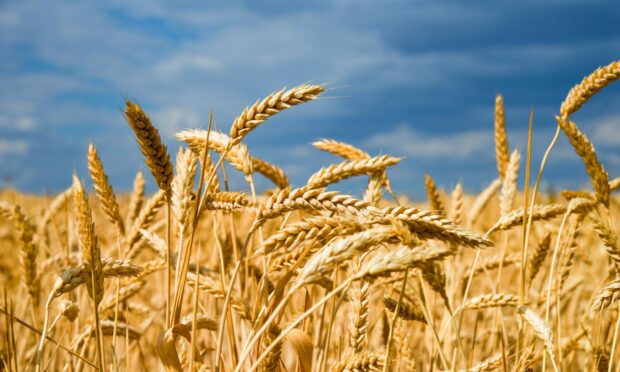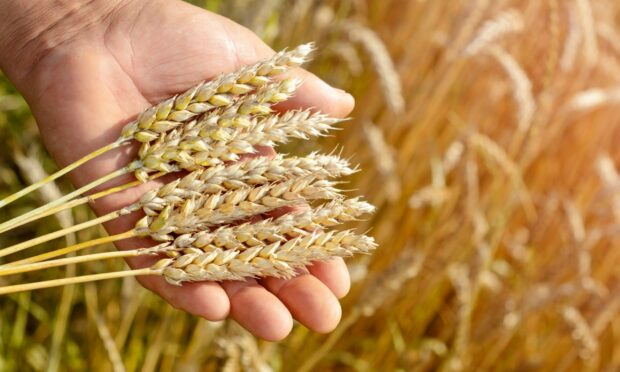Global wheat production could be doubled by fine-tuning the genomes of wheat varieties so they are better suited to local regions, claim scientists.
An international study – led by Herefordshire-based Rothamsted Research – found global wheat yields are only half of what they could be.
Researchers involved in the study say the “genetic yield gap” in wheat could be closed by developing varieties tailored to each region.
They say this could be achieved by utilising the vast genetic variation available in global and historical wheat gene banks, and by using modern techniques such as gene editing and speed breeding.
“Current wheat cultivars are, on average, only at the half-way point with respect to the yields they could produce given the mismatches between their genetics and local wheat growing conditions,” said one of the study’s co-authors, Dr Mikhail Semenov.
“Global wheat production could be doubled by the genetic improvement of local wheat cultivars, without increasing global wheat area.”
The study involved running existing data on the contribution of different genes to individual plant traits – such as size, shape, metabolism and growth – through computer simulations to help design the “perfect” wheat plants for their local environments.
The researchers looked at 53 wheat growing regions across 33 countries, covering all global wheat growing environments.
They then used a wheat modelling tool – Sirius – to calculate the potential yield from 28 of the most commonly used wheat varieties grown at these sites, assuming the best possible cultivation conditions from each one.
The tool gave harvests of less than four tonnes per hectare in Australia and Kazakhstan, compared with 14 tonnes per hectare in New Zealand.
Researchers then designed “idealized” wheat varieties for local areas – based on optimising several plant traits that contribute to yield – and ran them through the system.
They found the genetic yield gap between current wheat varieties and the “idealized” varieties could be anywhere from 30-70% across different countries, with a global average genetic yield gap of 51%.
Dr Nimai Senapati said the countries with the lowest current yields were set to gain the most from closing their genetic yield gaps.
He added: “That said, even improvements in those countries with a medium genetic yield gap of 40-50%, but with a large proportion of global wheat harvest area – such as the leading producers India, Russia, China, USA, Canada and Pakistan – would have a substantial effect on global wheat production due to the larger wheat cultivation areas involved.”
Both Dr Senapati and Dr Semenov said the results of the study contrast with the longer-understood concept of the traditional yield gap – where harvests are smaller than the best-case scenario due to pests or diseases, a lack of nutrients, or sowing or harvesting at the wrong time.
Dr Semenov said: “Our analysis suggests that such genetic yield gaps due to sub-optimal genetic adaptation could, in relative terms, be as large as the traditional yield gap due to imperfect crop and soil management
“Wheat was first domesticated about 11,000 years ago, but despite this – and not to mention the sequencing of its entire genome in 2018 – the crop is still some way from being at its genetic best.”



Conversation